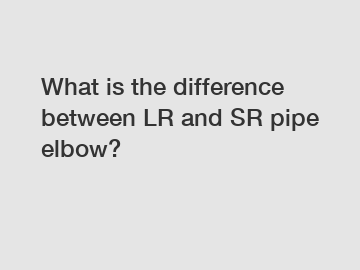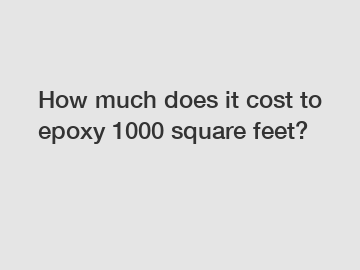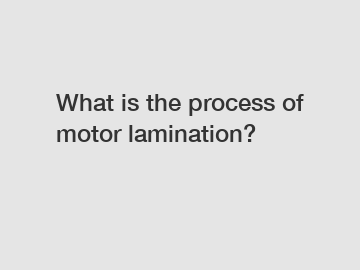What is the difference between LR and SR pipe elbow?
Pipe elbows are crucial components in piping systems that help change the direction of the flow of fluids in pipelines. There are different types of pipe elbows available in the market, with long radius (LR) and short radius (SR) elbows being two common options. While they may seem similar in function, there are key differences between LR and SR pipe elbows that distinguish them from each other.
**Long Radius (LR) Pipe Elbow**.
Long radius pipe elbows, as the name suggests, have a longer radius compared to short radius elbows. This longer radius allows for a smoother flow of fluid through the elbow, reducing friction and pressure drop in the pipeline. LR elbows are typically used in applications where there is a need for reduced friction and pressure drop, such as in high-pressure and high-temperature piping systems.

One of the main advantages of LR pipe elbows is that they provide a smoother flow path for fluids, which helps in minimizing the turbulence and resistance in the piping system. This results in improved efficiency and reduced energy consumption in the long run. Additionally, the longer radius of LR elbows allows for better flow characteristics, making them suitable for applications where flow velocity is a critical factor.
**Short Radius (SR) Pipe Elbow**.
On the other hand, short radius pipe elbows have a shorter radius compared to long radius elbows. This shorter radius results in a more compact design, making SR elbows ideal for applications where space is limited. Short radius elbows are commonly used in tight pipeline configurations where a sharp turn is required to change the direction of the flow.
While SR elbows are more space-efficient, they may result in higher friction and pressure drop compared to LR elbows. The abrupt change in direction inside the elbow can cause turbulence and resistance in the flow, which can lead to energy losses and reduced efficiency in the piping system. Despite this drawback, short radius elbows are preferred in applications where space constraints outweigh the need for reduced friction.
**Key Differences Between LR and SR Pipe Elbows**.
The primary difference between LR and SR pipe elbows lies in their radius, which affects the flow characteristics and efficiency of the piping system. LR elbows offer a smoother flow path and lower pressure drop, making them suitable for high-pressure and high-temperature applications. On the other hand, SR elbows are more compact and space-efficient, making them ideal for tight pipeline configurations where space is limited.
Another difference between LR and SR pipe elbows is their impact on flow velocity and energy consumption. LR elbows help maintain a steady flow velocity and minimize energy losses, while SR elbows may result in higher energy consumption due to increased friction and pressure drop. It is essential to consider these factors when choosing between LR and SR elbows for a specific piping application.
In conclusion, both LR and SR pipe elbows have their unique advantages and limitations, depending on the requirements of the piping system. Understanding the differences between LR and SR elbows can help in selecting the most suitable option for a given application, ensuring optimal performance and efficiency in the piping system.
For more information on LR and SR pipe elbows or to explore our range of piping products, feel free to contact us. Our team of experts is here to assist you in finding the right solutions for your piping needs.
For more information, please visit scraper launcher and receiver factory, weldolwt, china straight pipe cleaning pig.
Related Articles









Comments